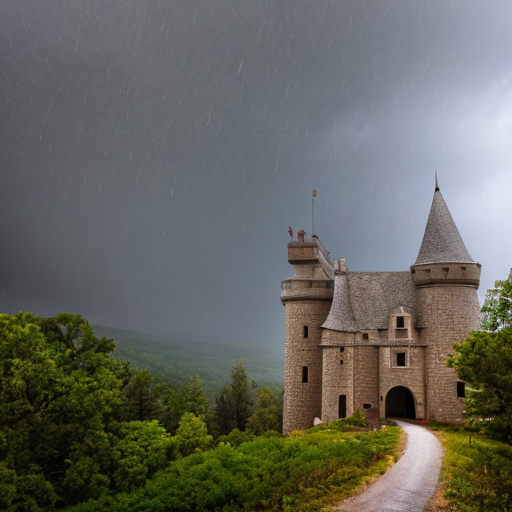
Art has always been a medium of human expression, from the first cave paintings to the most complex contemporary art. In recent years, with the advent of artificial intelligence, the world of art has been transformed. AI art is an exciting new frontier in which artificial intelligence is used to generate new and innovative artworks. One of the most promising new technologies in this field is the stable diffusion AI art generator.
The stable diffusion AI art generator is a new type of AI algorithm that has been developed by Stability AI and others to generate art with a high degree of stability and coherence. This means that the art generated by this algorithm is not random or chaotic but has a sense of continuity and flow. The stable diffusion AI art generator is based on a mathematical model that uses diffusion processes to generate complex patterns and structures. This algorithm is trained on large datasets of images and artworks to learn the patterns and structures that are most common in the world of art.
Stable Diffusion is not the only AI art generator available, others such as Midjourney and DALL-E have also attracted significant interest, Stable Diffusion however has a big advantage in that its free and open source so you can freely use it as much as your like and without restrictions.
Another advantage of the stable diffusion AI art generator is its flexibility. The algorithm can be trained on any dataset of images and artworks, making it possible to generate art in a huge range of styles and genres. This means that the algorithm can be used to create everything from realistic portraits to abstract compositions, and everything in between.

Using Stable Diffusion is as simple as entering a prompt such as ‘A castle on a hill during a storm.’, more verbose prompts tend to produce better results, but it doesn’t stop there, Stable Diffusion can use an image to guide the generation and new features such as ControlNet provide much finer control over composition, pose, lighting, colors and more making it extremely powerful and capable of stunning results, all of this without requiring any significant artistic talent (although it still helps).
There have also been some potential ethical concerns raised surrounding the use of AI in the creation of art. Some critics argue that AI-generated art lacks the creativity and originality that is inherent in human-generated art. Others argue that the use of AI in art may lead to a devaluation of human creativity and craftsmanship.
In my opinion AI generated art is a tool like any other, it has made art available to many more people who previously either due to a lack of skill or time, would not be able to express their creativity through art.
Using Stable Diffusion
Stable Diffusion by itself isn’t really user friendly, to properly use it you need a front-end such as the very popular AUTOMATIC1111 user interface, it should be noted you need a Nvidia GPU with preferably a minimum of 8GB of VRAM, less is possible but somewhat more limited, AMD GPU’s can be made to work but unless you’re running Linux this can be a tedious process and not recommended.
Once installed you will need to also install a model, the most popular currently is the official Stable Diffusion 1.5 model, download ‘v1-5-pruned-emaonly.ckpt’ and place it in the models/Stable-diffusion/ directory, you can then run it and connect to it by typing localhost:7860 in your web browser.
The UI may look rather complicated at first but it isn’t that difficult, I strongly recommend however you look for some tutorials to get the most out of it, I’ve been using it since it released and are still learning new things on a regular basis.
Overall Stable Diffusion is a fantastic tool that will continue to evolve and improve, indeed we can only speculate where things will be in the next five to ten years as AI continues to develop at an extreme pace in many areas.